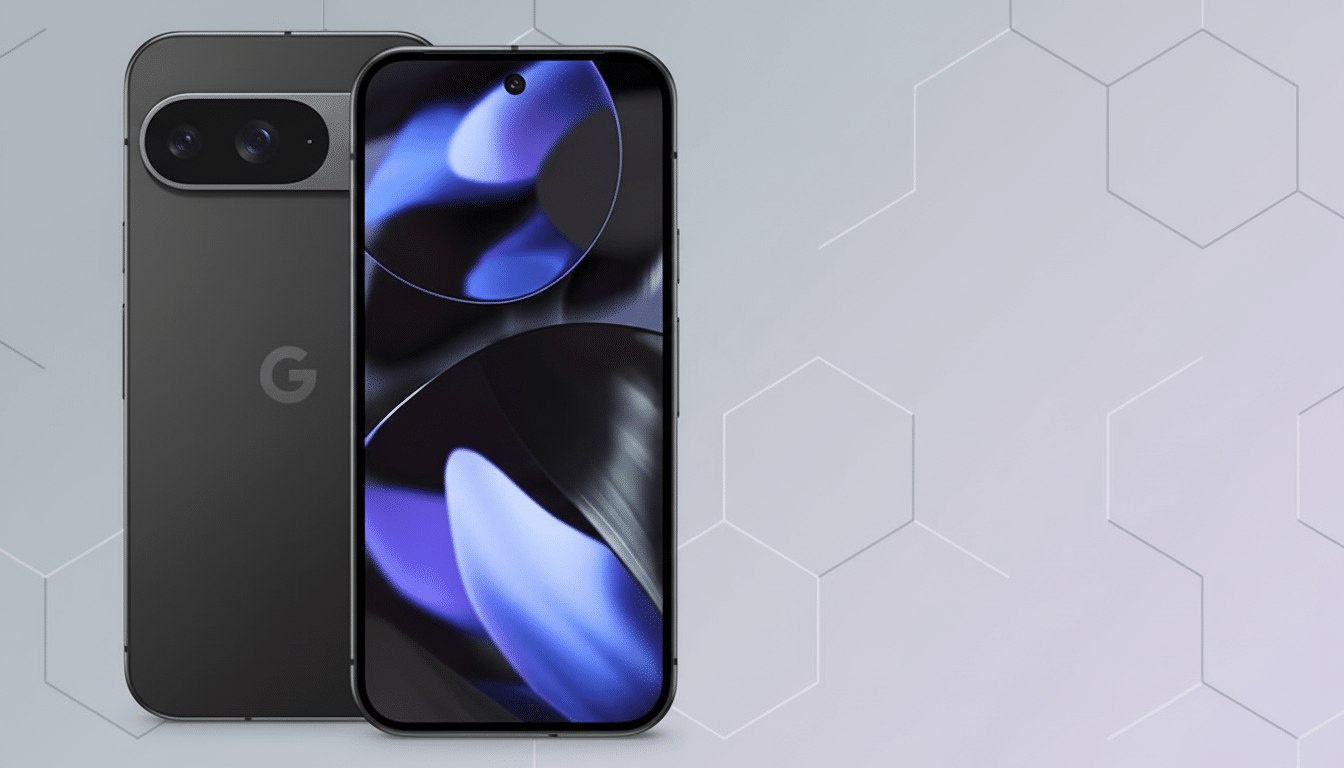Following the release of a stable LineageOS 23.0 just last month, the open-source project has now added official device support for even more phones — including the Pixel 9a, OnePlus 13, and Samsung Galaxy A71 — with many other models listed as “incoming” on the download portal.
For owners of older and forgotten phones, this is the kind of news that can prolong a device’s life for years. It may not be feasible with all models, but the general idea mirrors the flavor of Android you get with a Pixel: a trim, non-bloated version of stock firmware that stays fairly close to upstream Android and adds useful features and privacy protections.

What’s New, and Which Phones Are Included
The list of Android 16–based LineageOS 23.0 supported devices (such as the Pixel 9a, OnePlus 13, and Galaxy A71) is getting longer every week as maintainers wrap up device bring-up and finish validation testing.
As always, availability is contingent upon the ability to unlock bootloaders, proper kernel source code, and proprietary vendor binaries — factors that vary widely by region and carrier.
The Galaxy A71 is a prime example: the phone was released years ago and had long since fallen out of the official support window, yet it continues to get up-to-date Android software via LineageOS. And at the low end, owners using a Pixel 9a or OnePlus 13 get a near-stock build that’s nimble, customizable, and fast, with regular security patches.
Why This Matters For Longevity And Security
Android update policies are improving — Google and Samsung now promise longer coverage for certain flagships — but many mid-range and older devices still age out quickly. Community ROMs fill that gap. LineageOS is known for continuously merging patches from the Android Security Bulletin and porting fixes back, which can help keep devices secure even when OEM support is discontinued.
Beyond just security updates, Android 16–level changes and under-the-hood improvements could offer better power management, more nuanced privacy controls, or performance increases. For something like the A71, that can be the dividing line between an idle phone you occasionally reach for in a junk drawer and a trusty daily driver.
Installation Tips And Important Caveats To Know
Installing LineageOS is simple if you follow the device-specific instructions on the LineageOS wiki. The general process is familiar to veterans:
- Back up your data.
- Unlock the bootloader.
- Flash a custom recovery.
- Install the ROM (and any required add-ons).
Specifics may vary by model or as maintainers update their setup.

Two practical notes:
- Some banking and DRM-locked-down apps may use Google’s Play Integrity checks; compatibility might be disrupted by unlocking and custom software.
- You can either use microG (for open-source services) or install a matching Google Apps package if your dependency on Play services is essential — it’s either/or, not both.
Carrier-locked variants — especially some North American models — may completely thwart attempts to unlock the bootloader. Occasionally that means waiting for an unlock path before official LineageOS builds become possible. Global or factory-unlocked units tend to fare better.
How Fast Updates Arrive For Supported Devices
LineageOS updates arrive when individual device maintainers give them the OK based on stability and upstream changes. Although the project pursues security patches with some haste, build cycles vary per device. That’s the sweet and sour of community software: you get transparency and longevity, but the release schedule depends on volunteer maintainers and upstream vendor code drops.
Over the years, hundreds of official models have been supported by the project, with plenty more builds issued by community developers for niche devices. That breadth is the result of a mature toolchain — device trees, kernel configs, and testing suites — that allows the project to bring modern Android to hardware well past OEM sunset.
What You Can Expect After You Install It
LineageOS 23.0 comes with a fast, clean, stock-like interface right out of the box. Trust (the spiritual successor to Privacy Guard), per-app controls, and small touches like the recorder and updater apps add up to a zippy experience without veering into bloat.
YMMV based on your device, but many report that animations are noticeably smoother and battery life has improved over the last official OEM builds, particularly if you’re running a mid-range chip that’s getting long in the tooth. With Android 16, you also set your phone up for the wave of app compatibility and platform APIs that are coming.
The Bottom Line On LineageOS And Android 16 Support
LineageOS pushing Android 16 support out to additional phones is a win for tinkerers and power users. Whether you are reviving a Galaxy A71 or optimizing a cutting-edge device like the Pixel 9a or OnePlus 13, the project’s careful rollouts, focus on security, and philosophy around device longevity make it one of the most meaningful efforts in all of Android. Head to the official download site and your device’s wiki page to check if you’ve been included — and read over every step before you flash.

